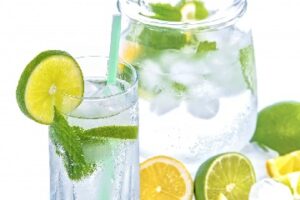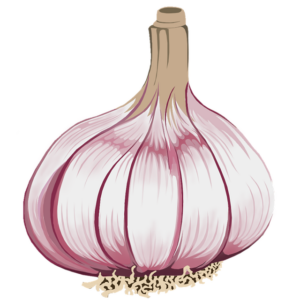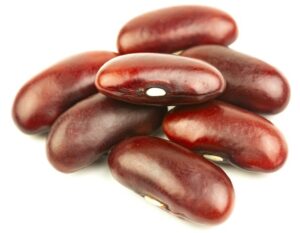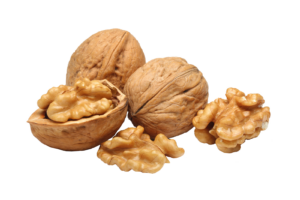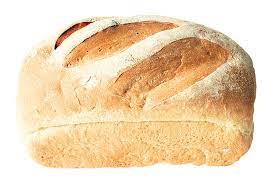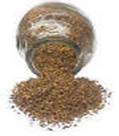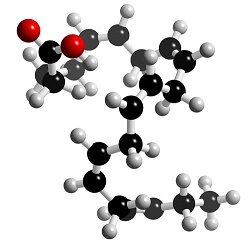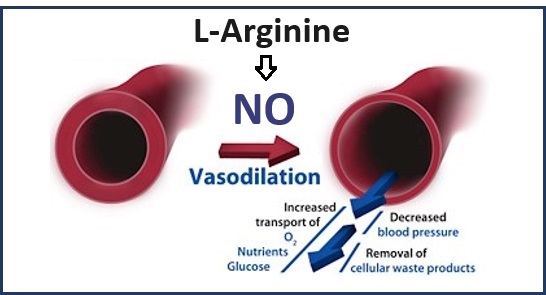
Amino acids - Building blocks of protein

What are amino acids?
Used to build proteins, these organic compounds contain an amino group (-NH2) and a carboxyl group (-COOH). The above diagram shows its general structure, whre R is the side chain functional group that distinguishes one amino acid from another.
The body assembles proteins it needs from amino acids, using information encoded in genes. Proteins are needed to build muscle, make enzymes (catalyze chemical reactions) in, for example,. metabolism and DNA replication and transcription). Structural proteins provide rigidity to such as the fibrous proteins collagen and elastin for connective tissue such as cartilage, and keratin in hair and nails.
There are 20 amino acids. Nine of these amino acids cannot be manufactured by the body are called essential and must be eaten, The body can make the other 11 amino acids, All the amino acids are present in animal protein foods, such as meat, fish, eggs, dairy, but other foods contain only some of the amino acids, depending on the food. Many plant proteins are considered incomplete, containing either no or low levels of amino acids.
Essential amino acids
“The Nine”
- Histidine;
- Isoleucine – hemoglobin synthesis, blood sugar control, energy
- Leucine – muscles
- Lysine – 2nd highest amino in muscle protein, aids immune, bone and cardiovascular function; precursor for the compound carnitine (needed for fatty acid delivery to mitochondrial energy production sites);
- Methionine – increases body’s sulfur uptake, helps absorption / bioavailability of selenium & zinc, and heavy metal detox
- Phenylalanine;
- Threonine – precursor to thyroid hormones, neurotransmitters (important for nervous health)
- Tryptophan – production of melatonin / serotonin, niacin (B6)
- Valine – muscle growth, tissue repair
Best sources of the essential amino acids in the non-animal foods.
- Tofu and quinoa (considered complete proteins, containing high levels of all 9 essential acids)
- Legumes
- Seeds, especially chia and hemp seeds
- Nuts
- Broccoli, spinach, artichokes, brussel sprouts, peas, corn
- Spirulina
Essential amino acids in vegetable groups
(levels affected by soil quality, food storage and food preparation)
| Starchy vegetables – potatoes, taro root, corn | All 9, but low lysine, sulfur-rich methionine |
| Legumes – beans, peas, lentils | All 9, but low in methionine |
| Green “leafies” | High in leucine (muscles), phenylalanine. threonine and tryptophan (all 3 for nervous health) |
| Cruciferous vegetables – cauliflower, broccoli, brussels spouts | Higher levels of amino acids, especially isoleucine (blood sugar control, energy) and valine (muscles, tissue repair) |
| Marrow vegetables – pumpkin, squash, zucchini | Rich in leucine, isoleucine, phenylalanine, threonine, tryptophan |
| Stem vegetables – asparagus, celery | High tryptophan (nerves, mental health) |
| Allium vegetables – onions, garlic | Rich in methionine, tryptophan |
Non-essential amino acids
- Alanine
- Arginine
- Asparagine
- Aspartic acid
- Cysteine
- Glutamic acid
- Glutamine
- Glycine
- Proline
- Serine
- Tyrosine




